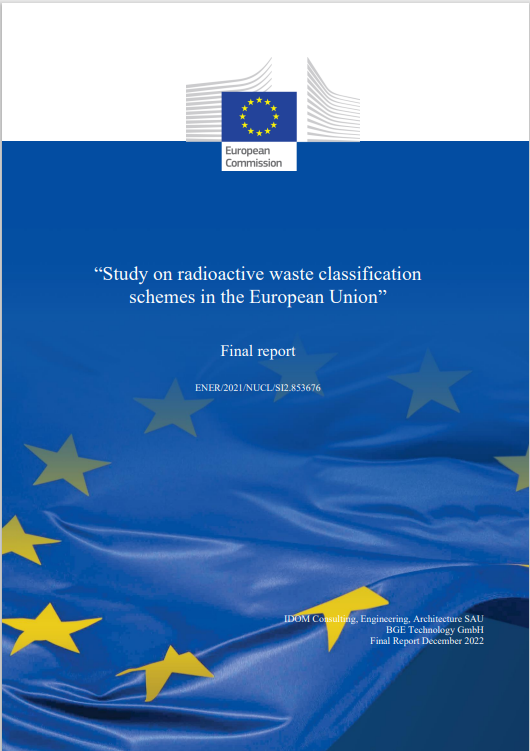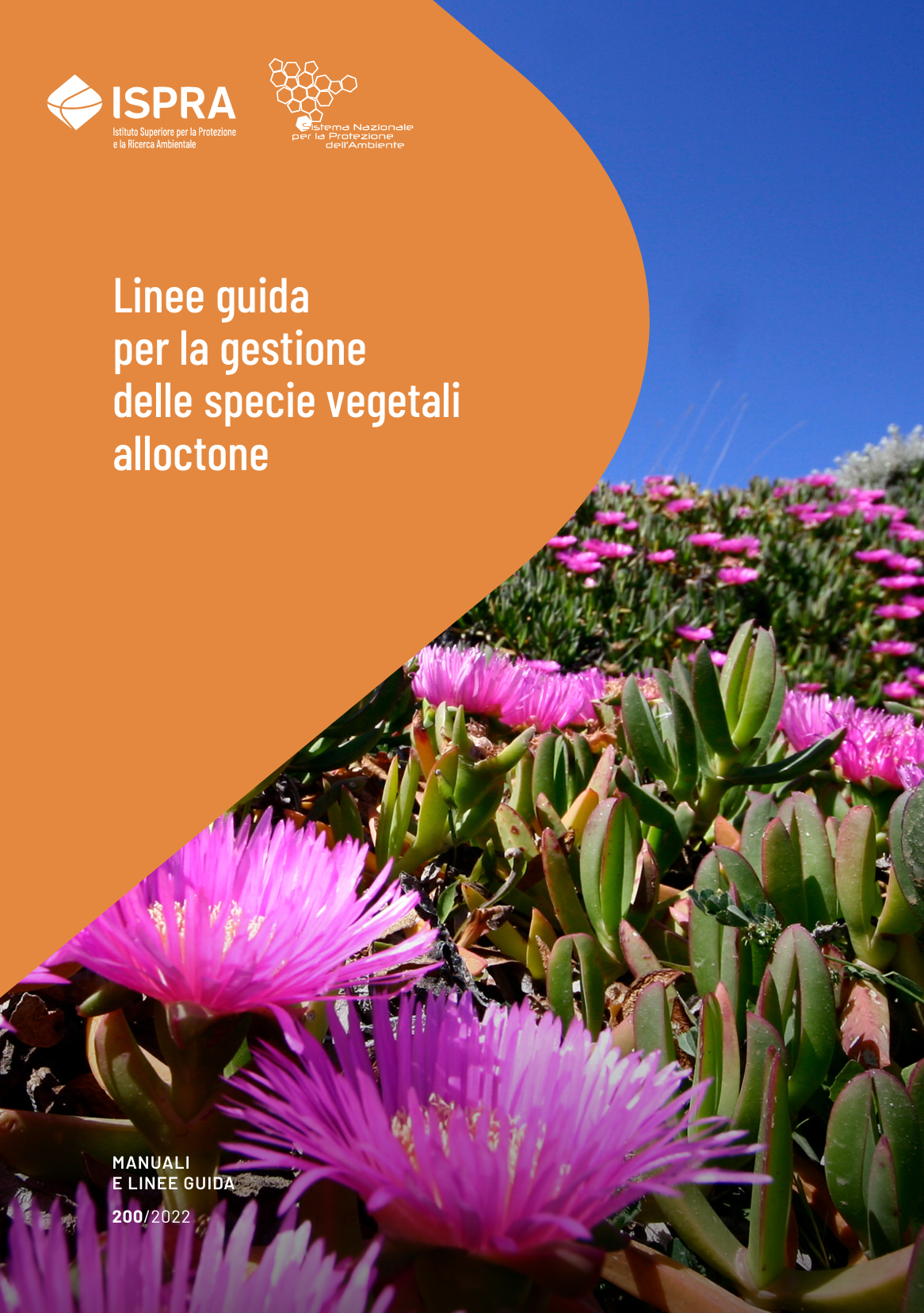Study on radioactive waste classification schemes in the European Union

Study on radioactive waste classification schemes in the European Union / Final report 12.2022
ID 19500 | 25.04.2023
In 1999, the European Commission published a recommendation1 that Member States should be provided with guidance on a common approach to the classification of radioactive waste. Project ENER/D2/2020-377, entitled ‘Study on radioactive waste classification schemes in the European Union’, aims to provide an overview of the current radiological waste classification system in each of the Member States and to assess how such systems compare with the Commission recommendation. The project’s ultimate objective is to determine if there is any merit in adopting a holistic approach to waste classification across the Member States. Liaison, both verbally and via a questionnaire, was undertaken with the waste management organisations of each Member State, in addition to a selection of waste producers.
This EU-wide assessment was complemented by a survey on the public’s awareness of radioactive classification schemes. In general terms, the feedback from both waste management organisations and waste producers was that existing radioactive waste classification schemes are considered to adequately facilitate cross-border cooperation in relation to radioactive waste. It was apparent that all Member States have developed their waste management strategy on the basis of national conditions and generally have country-specific waste classification systems that ensure safe waste management. Most Member States believe that their current approaches are working in an adequate manner, especially as EU directives have been incorporated into their legislation. Notwithstanding this fact, suggestions have been made on how an EU-wide holistic approach to waste classification could be established.
...
Fonte: EC
Allegati
|
Descrizione |
Lingua |
Dimensioni |
Downloads |
 |
|
EN |
7365 kB |
356 |


































